


Framed or unframed, desk size to sofa size, printed by us in Arizona and Alabama since 2007. Explore now.
Shorpy is funded by you. Patreon contributors get an ad-free experience.
Learn more.

- Roll your own
- Rugged and real!
- A Charles Purcell - Mama Cass Connection
- Uncle SAAM
- Obfuscation
- One Chocolate Soldier rode away
- Victor Marquis de la Roche
- The Little House Across Way ...
- Vanderbilt Gates
- Vanderbilt Mansion
- You can still see that gate
- Withering heights for me
- So Jim,
- Top Heavy
- Re: Can't Place It.
- Bus ID
- Since you mention it
- The White Pages ?
- Moonlight Tower
- 1907?
- Fire(men) and Water
- Can't Place It
- Can anyone
- Wings
- Where's Claudette and Clark?
- Overbuilt Rolodex
- One song
- Give Me Wings Please!
- PRR
- Pinball Wizards
Printporium
Bell System: 1942
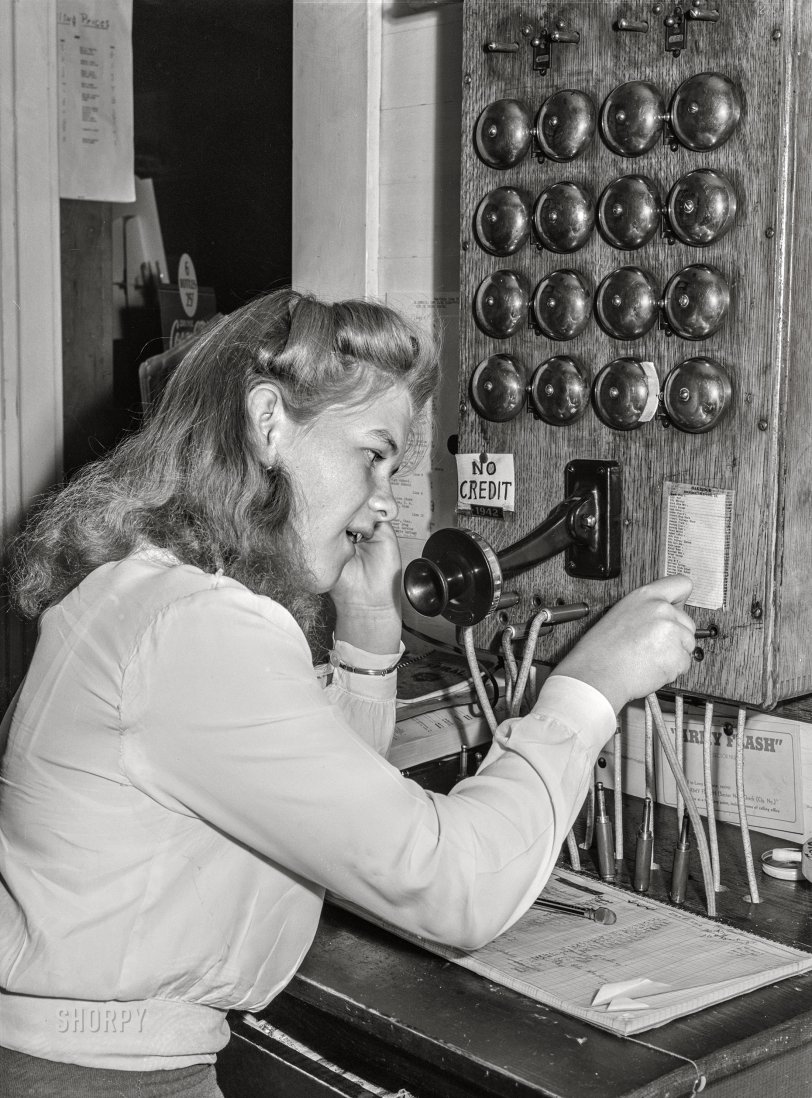
July 1942. "Oakridge, Oregon. Population 520. Town telephone switchboard." Medium format acetate negative by Russell Lee for the Farm Security Administration. View full size.
Army Flash
The Army Flash card was instructions for handling military traffic. The card is specific to the local Army unit.
Switchboarding
I ran a switchboard that size during 1970-71 while working my way through college. The board was at the front desk, mounted flush into a wall. All the wiring doodah was behind the wall, in a very small room, out in the open. There were wires hanging everywhere, and you had to be careful. I answered incoming calls and directed them to the right people. I also placed long-distance calls. It was a thankless job, and I left as soon as I could. I just Googled, and I see that the company went out of business in 1990. Well, that's fine with me.
Army Flash
The "Army Flash" instruction card seems to relate to the Aircraft Warning Service (https://en.wikipedia.org/wiki/Aircraft_Warning_Service), where locally-organized volunteers were trained to spot enemy airplanes along the east and west coast.
Per this account of legal testimony by one Mr. James Tully, in a 1945 NY Supreme Court Case (https://books.google.com/books?id=bBAMmaBa6LEC&lpg=RA6-PA457&ots=Vyogrc8...):
"Q. Briefly, will you tell us … just what was the Airplane Warning Service was?
A. Well, they had Posts located within about approximately eight miles of one another, and each post was supposed to take care of that eight mile area distance. You are supposed to see that far. As soon as a plane come into sight, you notice where it was going, the type plane it was, how many motors it had on it, and how many planes there were, whether one or more than one, and then you take off the telephone and you’d call the operator, say, ‘Army flash,’ and give your code number. They would hook you up with New York and you would tell the girl down there how many planes, how high they were, how far from your obgservation post and which way they were going and, that’s all."
Hope somebody might have more info, or a personal recollection to share!
Flash
This link tells about message precedence on radio, etc., and ranks "Flash" messages at the top of the list:
https://en.wikipedia.org/wiki/Message_precedence
The card instructs the operator to tell Long Distance "Army Flash", probably to expedite getting a connection. An example of such an important message in July 1942 might be "The Japs have landed"!
Army Flash?
Anyone want to 'splain the "Army Flash" sign at the bottom right?
Too many for me
Back in the late 1960s, I tried to operate one of those multi-plugged PBX boards at the Cove Inn in Naples, Florida. The night clerk needed to go somewhere for an hour or so, and he gave me (a bellman) a cursory explanation of how the board worked and what I needed to do.
I didn't do well and never tried it again. Not intuitive.
From a conversation with my father, circa 1954
"No, son, that's not why it's called 'Bell Telephone.'"
Paid Extra
The Grade School and High School are on a 2 party line, many other customers have more parties sharing their lines. See list at left edge of board. While that list shows 10 lines, the 10 position switchboard has only 8 pairs of bells installed.
Multi Tasking Job Position
I suspect that "Samantha's" job was more than just the phone operator.
The "No Credit" and "Coca-Cola" signs behind her head in the adjacent room combined with the cash in the drawer make it appear to be some kind of a store. She was probably responsible for both the store operation as well as the phone operator duties.
The tape on the one side of a double bell pair would have given that particular bell an early version of a what we now call a "Distinctive Ring Tone".
Her name is operator
Since Oakridge was a small town, I looked in the 1940 census for anyone listing their occupation as operator for a telephone service (there are various operators for the railroad and lumber mill). No one showed up. Either our young switchboard technician wasn't working there in 1940, or she lived outside Oakridge.
[Just because you can work a switchboard doesn't mean you'd list that as your occupation. - Dave]
Point taken, but I'd list it before anything else. She's a young person on the cutting edge of technology. I've been on the cutting edge of technology only once, remember Lotus123? Ever since I just stand in Best Buy and stare at the sales associate, wondering what they're talking about.
One man in Oakridge listed his occupation as proprietor of a fix-it shop. No, his name wasn't Emmett.
Western Electric type 1012
A Nod to Bryant Pond, Maine
Bryant Pond had the last crank telephone system in America, finally surrendering to Touch-Tone phones in 1983. To call my friend in Bryant Pond, I had to dial O and explain to the Operator that I wanted to call Bryant Pond 33. Most Operators had no idea what I was talking about and needed to hunt down an old-timer to handle the job.
Your call cannot be completed
...anymore to #26. Burned in 2000.
(which building had the phone ?? We may never know)

I'll pay you later, Thelma!
I find the NO CREDIT sign interesting. I would guess the town operator had some leeway somehow to give credit. Would only be on a pay phone I suppose?
Also, interesting that there is cash in the drawer.
PBX
Home-built, from the look of it; neat and careful carpentry, but no frills.
Thanks to Starrleo, this is not home-built, but W.E. The nice finger joinery on the cabniet should have been a clue...
A massive array of 16 8 bells, with room for expansion (?) to serve 520 residents! (clapper's clappers between the bells and hits both when it rings, I suspect)
I counted 34 subscribers, starting with City Hall, City Marshal ...
Clark's Garage, along with Clark, Dale, Mrs. Cramer's got two, the Drug Store and the Highway Store; must be profitable!
Samantha here (doesn't she look like Elizabeth?!?) might be all of 20, and probably bored witless, without a screen to be had ...
Bells Are Ringing
If you've seen a switchboard operator in action, it was probably in the movies -- most prominently, "Bells Are Ringing" (1960), starring the great Judy Holliday.
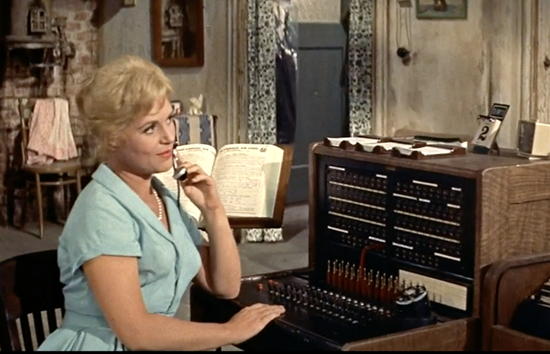





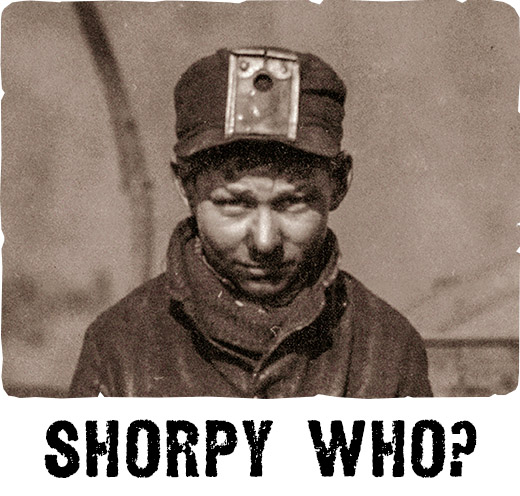
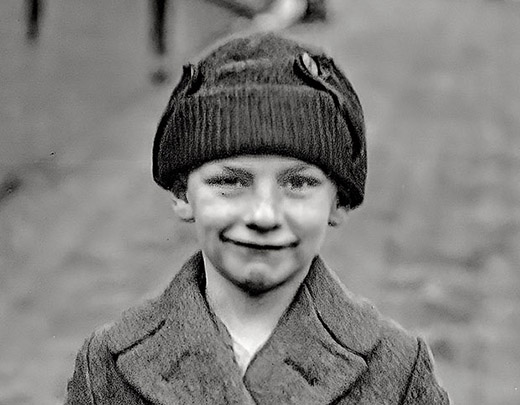
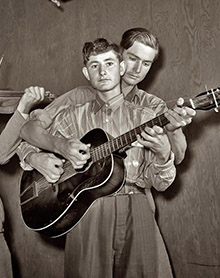
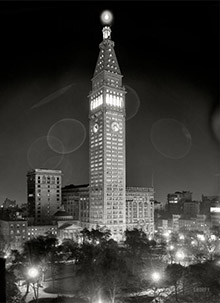
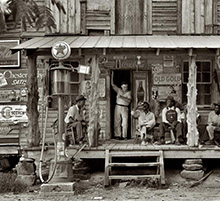
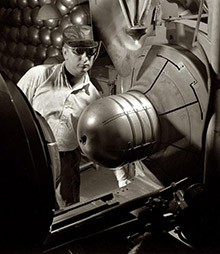
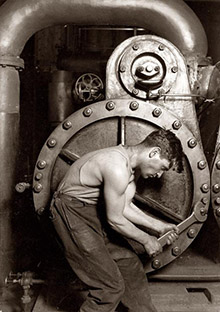

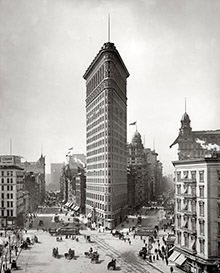
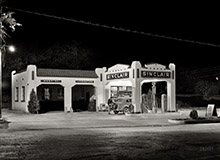
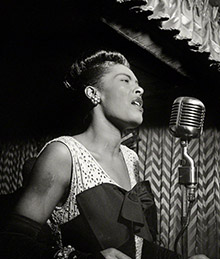
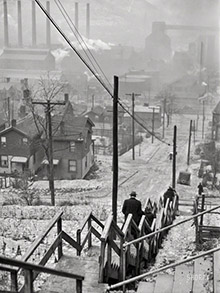
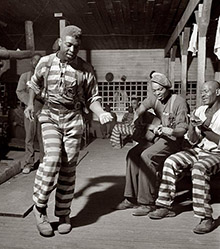
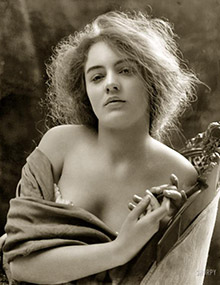
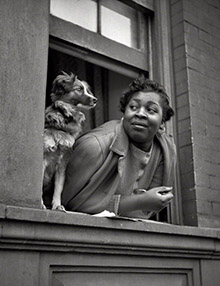
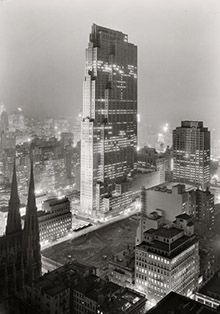
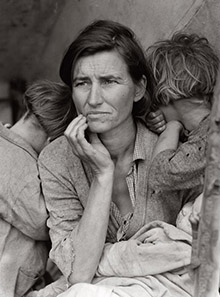
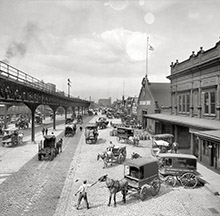
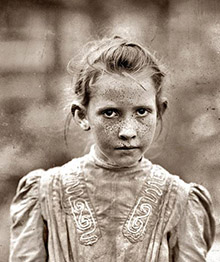
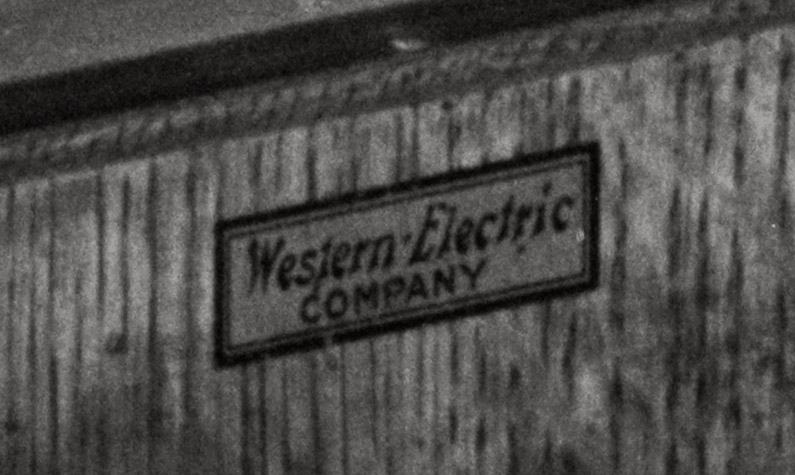
On Shorpy:
Today’s Top 5